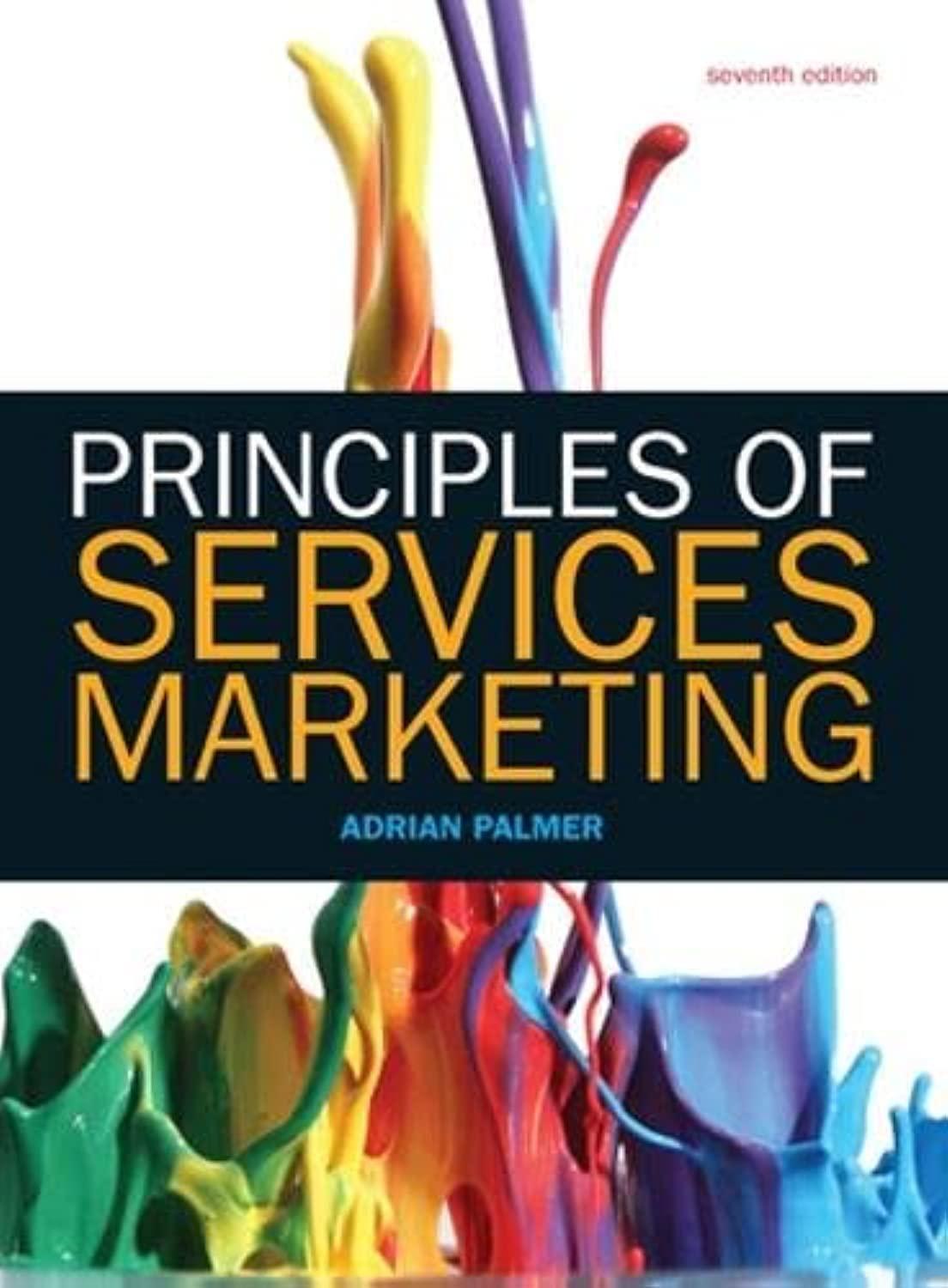The ways in which people from different countries buy cups of tea or coffee have been steeped
Question:
The ways in which people from different countries buy cups of tea or coffee have been steeped in tradition. The English tearoom has been quintessentially English, usually providing homely surroundings in a very traditional atmosphere. Other regions, by contrast, have traditionally drunk coffee and have taken great delight in pavement cafés. The Viennese coffee-house has become a cultural institution in itself. With growing globalization of service industries and evidence of cultural convergence, these traditional drinking places have been facing challenges and opportunities. So, many British people are now quite happy to patronize trendy coffee bars in preference to a traditional English tearoom. Café culture has spread from the warm climates of the Mediterranean to the streets of Watford and Woking. Many service companies have spotted changing habits in a nation’s pattern of drinking, and have extended their established service format to new markets where they are considered novel. But this can be a very risky process and a good understanding of buyer behaviour is essential to ensure success. Who will be the early adopters for the new service format? What factors will it take for there to be a trickle-down effect to other groups who are maybe more traditional in their buying behaviour? How can a company avoid being ridiculed as being totally alien to the culture from which it seeks custom? Starbucks has become a household name among coffee drinkers in the 37 countries where it operates. It was established in 1971 and by 2012 had a worldwide network of over 17,000 outlets, roughly half of these managed directly by Starbucks and half operated by franchisees. But the failure of its launch in Israel illustrates how important it is to understand the processes by which people buy and consume coffee.
Starbucks joined a long list of foreign services companies that have entered the Israeli market. In the 1995-2000 period over 30 different global retailing chains entered the country, among them Burger King, McDonald’s, Zara, Max Mara, Ace, Mother care, Blockbuster and Toys R Us. With just a few exceptions, foreign chains failed to understand buyer behaviour, lost money and stopped operating, with heavy losses. During this period, the coffee-house sector grew rapidly and, despite Starbucks’ failure, several coffee-house chains both local and international survived and prospered..........
Case study review questions
1. Critically evaluate methods that Starbucks could use to study buyer behaviour when it is considering entering a new foreign market.
2. If you were opening a coffee-house, discuss the most important aspects of buyer behaviour that you would seek to understand before proceeding.
3. Discuss the possible effects of peer-group influence on the process of choosing between competing coffee-houses.
Step by Step Answer:






